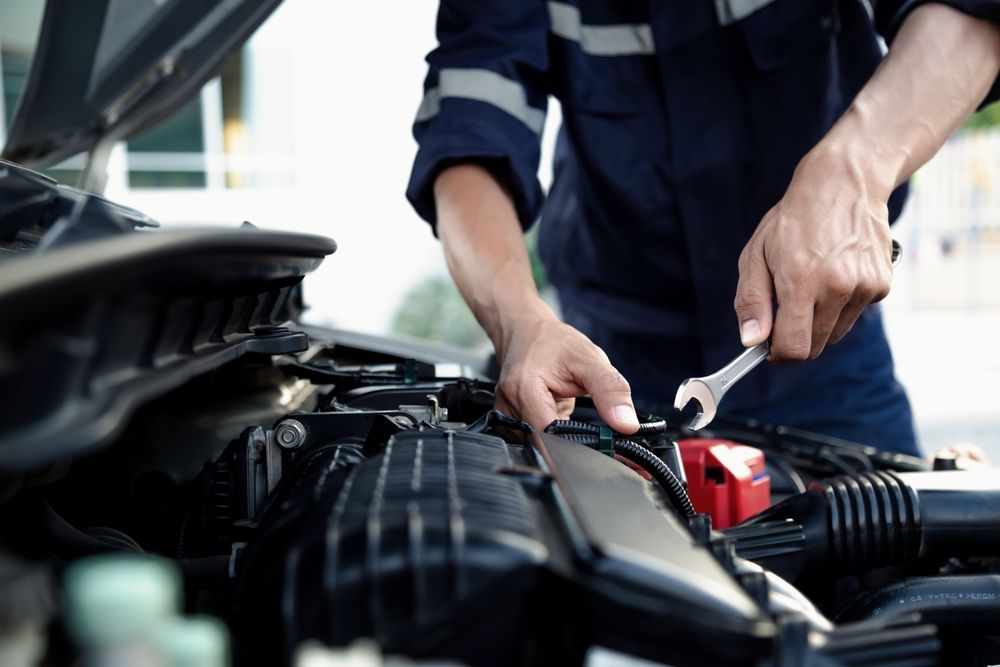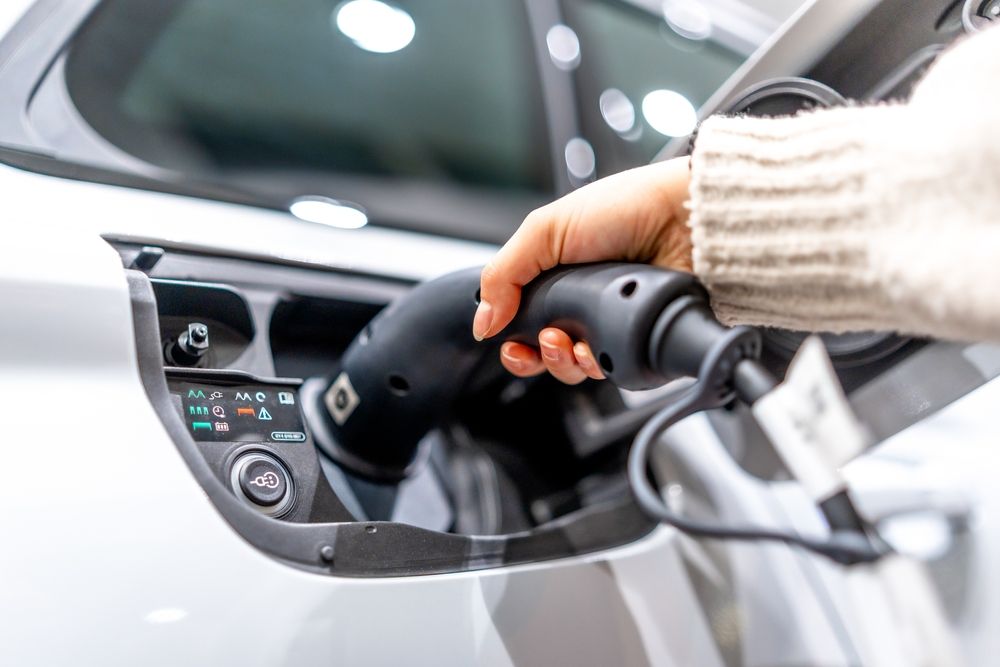Tablets have become a popular tool for children's education and entertainment. However, finding the right tablet that is safe, durable, and appropriate for a child's use requires careful consideration. This guide provides comprehensive tips on how to select a tablet that meets the unique needs of young users while ensuring their safety and the longevity of the device.
Assessing the Purpose of the Tablet
Identifying the primary purpose of the tablet is crucial before making a purchase. If the tablet is intended for educational purposes, it should have features that support educational apps and software. For entertainment, features like a high-quality display and good sound are important. Some tablets are designed specifically for children with tailored content that encourages learning and creativity. Assessing the main use will guide you towards a tablet with specifications best suited for your child's activities, whether it's learning, playing, or a mix of both.
Determining the Right Size and Weight
Selecting the right size and weight of the tablet is essential, especially for younger children who may find larger, heavier devices difficult to handle. Tablets with a screen size between 7 and 10 inches are usually optimal for kids, offering enough screen space for interaction without being too bulky. Lightweight tablets are better for small hands and reduce the risk of dropping and damage. It’s also beneficial to choose a tablet that your child can comfortably use in various settings, be it lying down, sitting, or on the move.
Prioritizing Durability and Build Quality
The durability of a tablet is paramount when selecting a device for kids. Look for models that are designed to withstand drops and rough handling. Features such as rubberized frames, shock-absorbent cases, or gorilla glass screens are indicators of a durable design. Additionally, check if the tablet is equipped with a water-resistant or dust-proof feature, as these can extend the life of the device under typical child use, which often involves exposure to less-than-ideal conditions.
Understanding Safety Features
Safety features are critical in tablets intended for children. Comprehensive parental controls are a must, allowing parents to manage what content their children can access and for how long. This includes the ability to block inappropriate apps and websites and set time limits on usage. Look for tablets that also offer safe browsing environments specifically designed for kids, protecting them from potential online risks. Furthermore, features like eye protection modes that filter blue light and adjust brightness can help prevent eye strain and ensure a safer viewing experience.
Choosing the Operating System
The choice of operating system can greatly affect the usability and features available on a child's tablet. iOS, Android, and Amazon's Fire OS are the most common systems, each with their own strengths. iOS is known for its user-friendly interface and extensive app store, while Android offers more customization options. Amazon's Fire OS includes excellent parental controls and a child-friendly interface through Amazon Kids+ (formerly FreeTime). Consider the types of apps and services you want the tablet to support and choose an operating system that best suits those needs.

Considering Battery Life
Battery life is an important consideration for kids' tablets, as it affects how long your child can use the device without needing to recharge. A longer battery life is more convenient for traveling and ensures that the tablet is ready to use when your child needs it. Look for tablets that offer at least 8 hours of battery life under typical usage conditions to ensure that it lasts through a day of learning and play.
Exploring Connectivity Options
Connectivity options, such as Wi-Fi and Bluetooth, determine how well the tablet can interact with the internet and other devices. Wi-Fi is essential for downloading apps, streaming videos, and using interactive educational content. Some tablets also offer cellular options, which can be advantageous for connectivity outside of Wi-Fi areas but may come with additional costs. Bluetooth connectivity allows the tablet to interact with other devices, like headphones and educational toys, enhancing its usability.
Checking for Warranty and Support
Understanding the warranty and support options provided with a tablet can give you peace of mind about your purchase. Look for long-term warranties that cover both hardware malfunctions and software issues. Additionally, assess the manufacturer’s customer support reputation; companies that offer prompt and helpful service can significantly ease the process of managing any issues that arise with the tablet.
Setting a Budget
Budgeting for a tablet involves balancing cost with functionality. While it’s tempting to go for the cheapest option, investing in a slightly more expensive tablet might provide better value through enhanced features, durability, and longevity. Determine a budget range that allows you to buy a tablet with all the necessary features but still remains affordable. Sometimes, spending a little more upfront can save money in the long run by avoiding frequent replacements.
Reading Reviews and Getting Recommendations
Gathering opinions from other parents and reading online reviews can provide additional insights into the best tablets for kids. Reviews often cover aspects such as ease of use, battery life, durability, and how engaging the tablet is for children. Recommendations from other parents can also highlight products that have proven successful and safe for child use, making your decision process more informed and reliable.
By considering these factors, you can confidently select a tablet that not only entertains and educates but also protects your child and withstands their active use. This guide ensures that the tablet you choose is a worthwhile addition to your child's developmental tools, combining safety, durability, and educational value.




